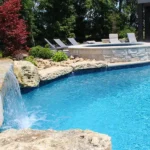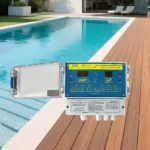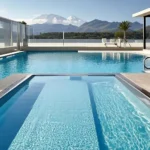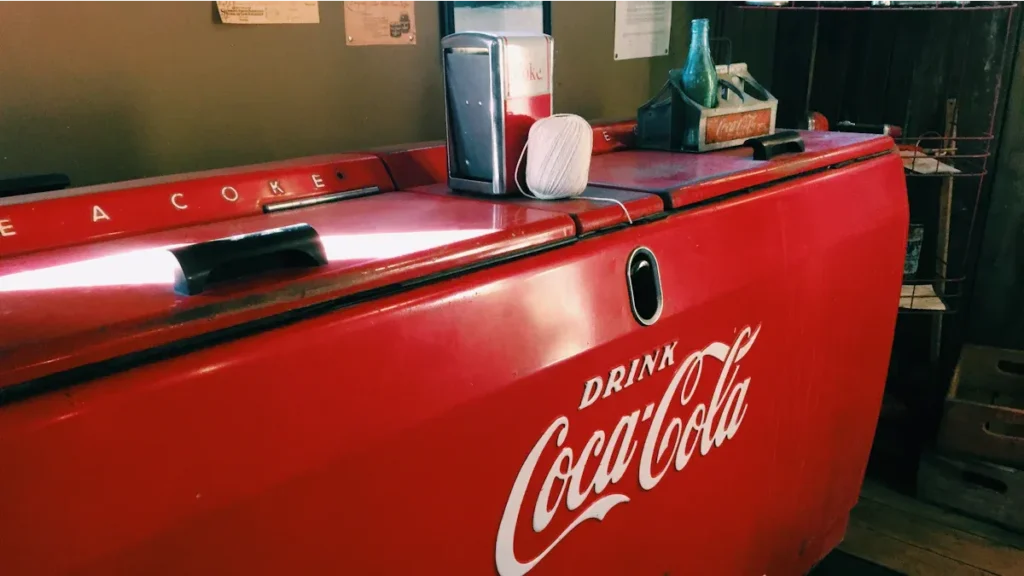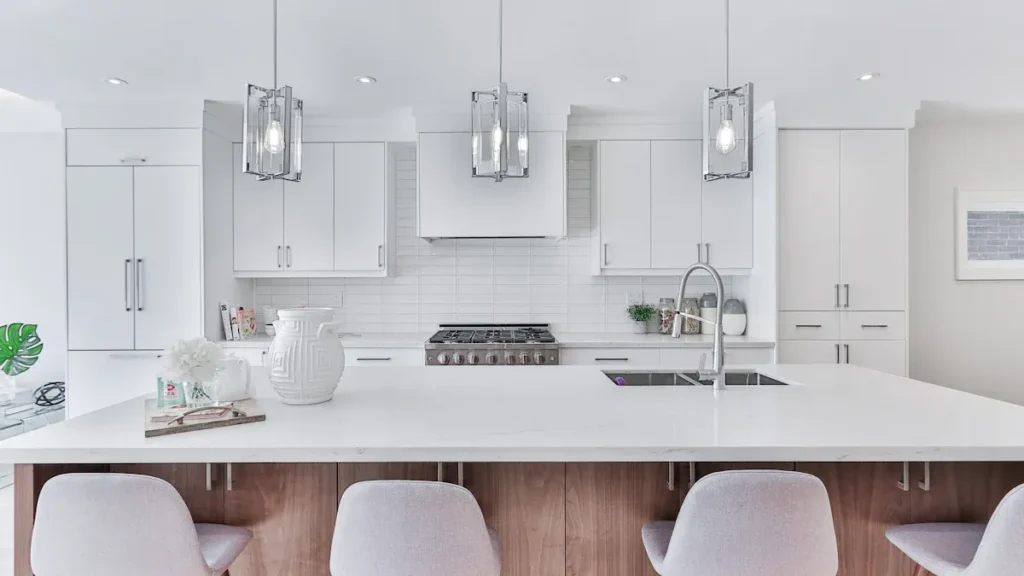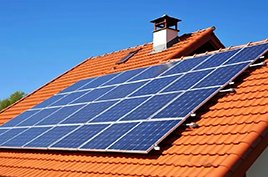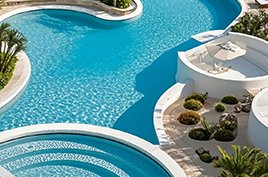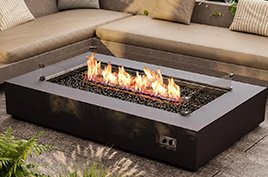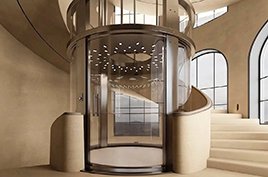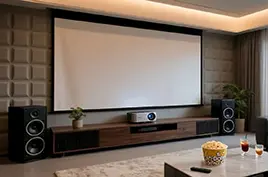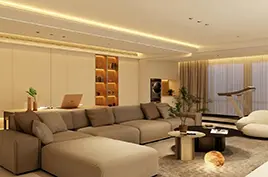Building a home swimming pool is an exciting project that can add value, enjoyment, and a touch of luxury to your property. However, it’s a complex endeavor that requires careful planning and execution. Avoiding common mistakes is crucial to ensure your pool turns out exactly as you envision and functions properly for years to come. In this blog post, we’ll explore the top mistakes to avoid when building a home swimming pool.
Mistake 1: Poor Planning and Design
Neglecting the Site Analysis
Before you start digging, it’s essential to thoroughly analyze the building site. Failing to do so can lead to a host of problems. Consider the following factors:

Soil Conditions:
Different soil types have varying load – bearing capacities. Sandy soil, for example, may require additional foundation support compared to clay soil. Conduct a soil test to determine its composition and stability. If the soil is unstable, you may need to invest in proper foundation reinforcement, such as adding gravel or using specialized foundation systems.
Sun Exposure:
The amount of sunlight your pool area receives is important. If you want to use the pool throughout the day, choose a location that gets ample sunlight. On the other hand, if you prefer a shaded area for swimming, consider positioning the pool near trees or structures that can provide shade. Keep in mind that too much shade can also lead to algae growth as the water may not warm up enough, and it can be more difficult to keep the pool clean.

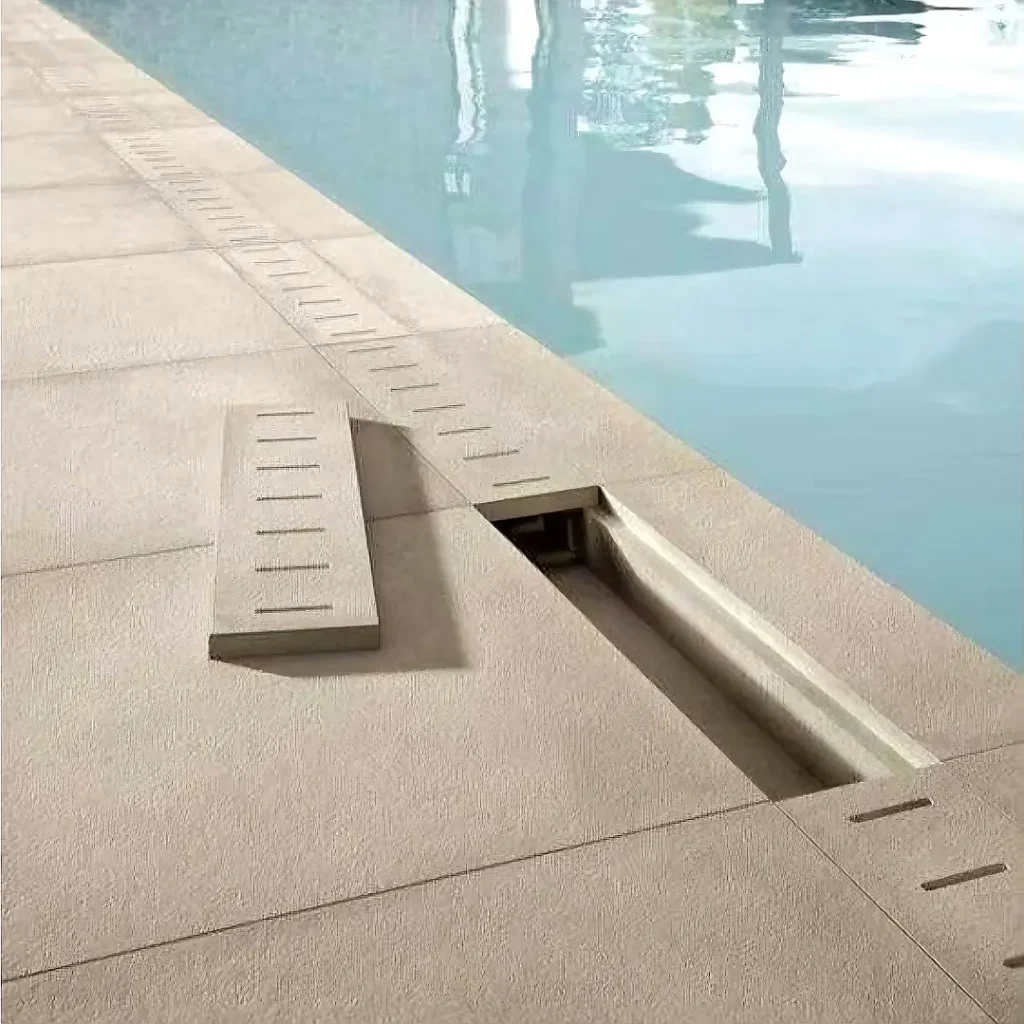
Drainage:
Proper drainage is crucial to prevent waterlogging around the pool. Check the natural slope of the land. The pool should be located in an area where water can drain away easily. If the site has poor drainage, you may need to install a French drain or other drainage systems to redirect water. Otherwise, standing water can put pressure on the pool walls, leading to cracks and leaks over time.
Ignoring the Overall Landscape and Architecture
Your swimming pool should complement the existing landscape and architecture of your home. A poorly integrated pool can look out of place and detract from the overall aesthetic.
Harmonious Design:
Consider the style of your home. If you have a modern – style house, a sleek, geometric – shaped pool may be more appropriate. For a traditional or Mediterranean – style home, a free – form pool with natural – looking stone accents could be a better fit. The materials used for the pool deck, coping, and surrounding landscape should also match or coordinate with those of your house.


Proportions:
Ensure that the size of the pool is in proportion to the size of your yard. A large pool in a small yard can make the space feel cramped, while a tiny pool in a large yard may seem insignificant. Calculate the available space and plan the pool size accordingly. You should also leave enough room around the pool for a deck, lounge chairs, and other outdoor furniture.
Functionality and Flow:
Think about how the pool will fit into your outdoor living space. Plan the location of the pool in relation to your house, patio, and other outdoor areas to create a seamless flow. For example, it should be easily accessible from the house, especially if you plan to use it frequently. Also, consider the placement of other features such as a pool house, barbecue area, or outdoor shower to ensure they work well together.

Lack of Future – Proofing
Your needs and the needs of your family may change over time. Failing to future – proof your pool design can result in a pool that becomes less functional or appealing as the years go by.

Family Growth:
If you have a growing family, consider adding features like a shallow wading area for young children or a larger pool to accommodate more swimmers. You may also want to plan for the installation of safety features such as pool fences or covers that can be easily added later.
Lifestyle Changes:
Think about how your lifestyle may change in the future. If you plan to host more outdoor parties, you might want to include a larger deck or a built – in bar area near the pool. Or, if you anticipate using the pool for exercise, you could design a lap – pool or add a swim – against – the – current system.
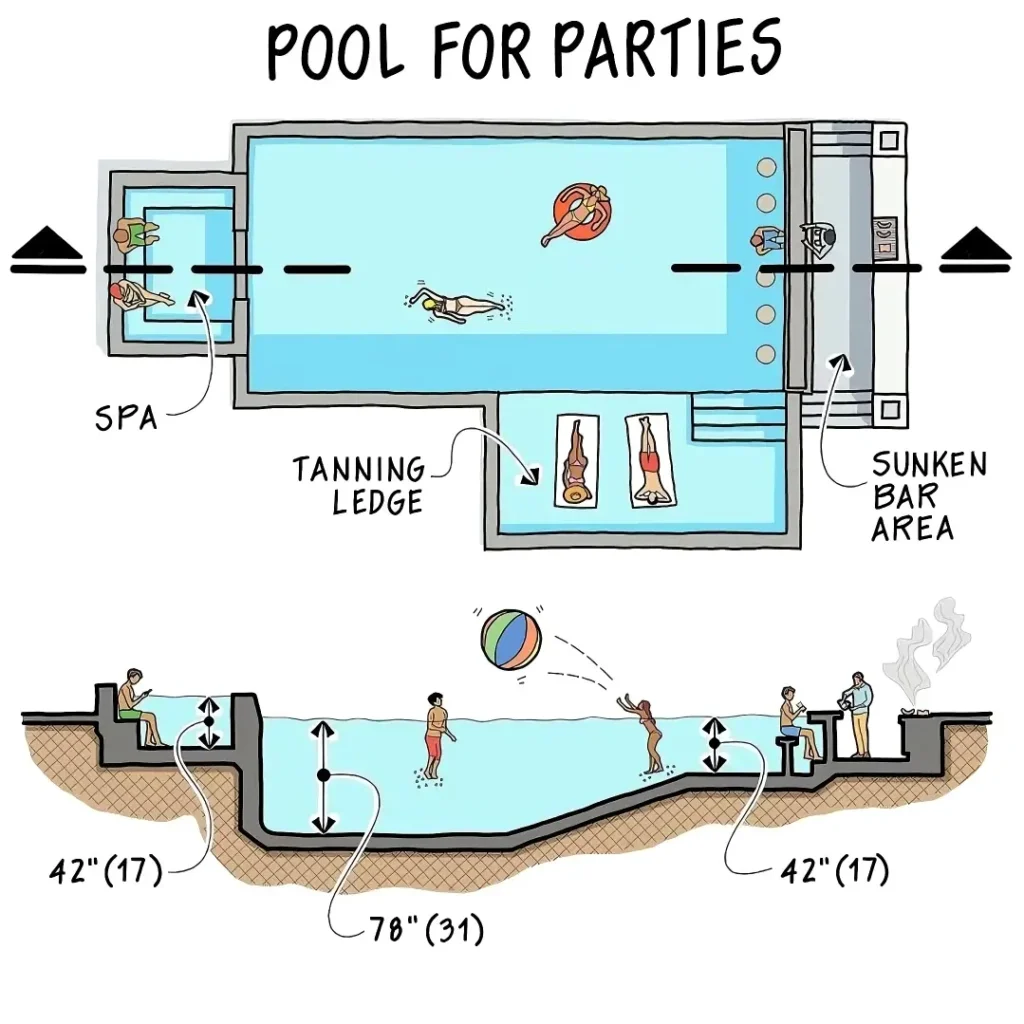

Technology Advancements:
The pool industry is constantly evolving, with new technologies emerging for water treatment, heating, and lighting. While it may not be possible to predict every future innovation, leaving room in your budget and design for potential upgrades can be a smart move. For example, installing a wiring system that can support future – proof lighting or heating systems can save you from costly retrofitting later.
Mistake 2: Inadequate Budgeting
Underestimating the Initial Costs
Building a swimming pool involves many expenses, and it’s easy to underestimate the total cost. Here are some cost components you need to consider:
Construction Costs:
This includes the cost of excavation, building the pool structure (whether it’s concrete, fiberglass, or vinyl), and installing the pool shell. The cost can vary significantly depending on the type of pool, its size, and any custom features you want. For example, a concrete pool is generally more expensive to build initially but offers more design flexibility, while a fiberglass pool may be more cost – effective in terms of installation time and materials.
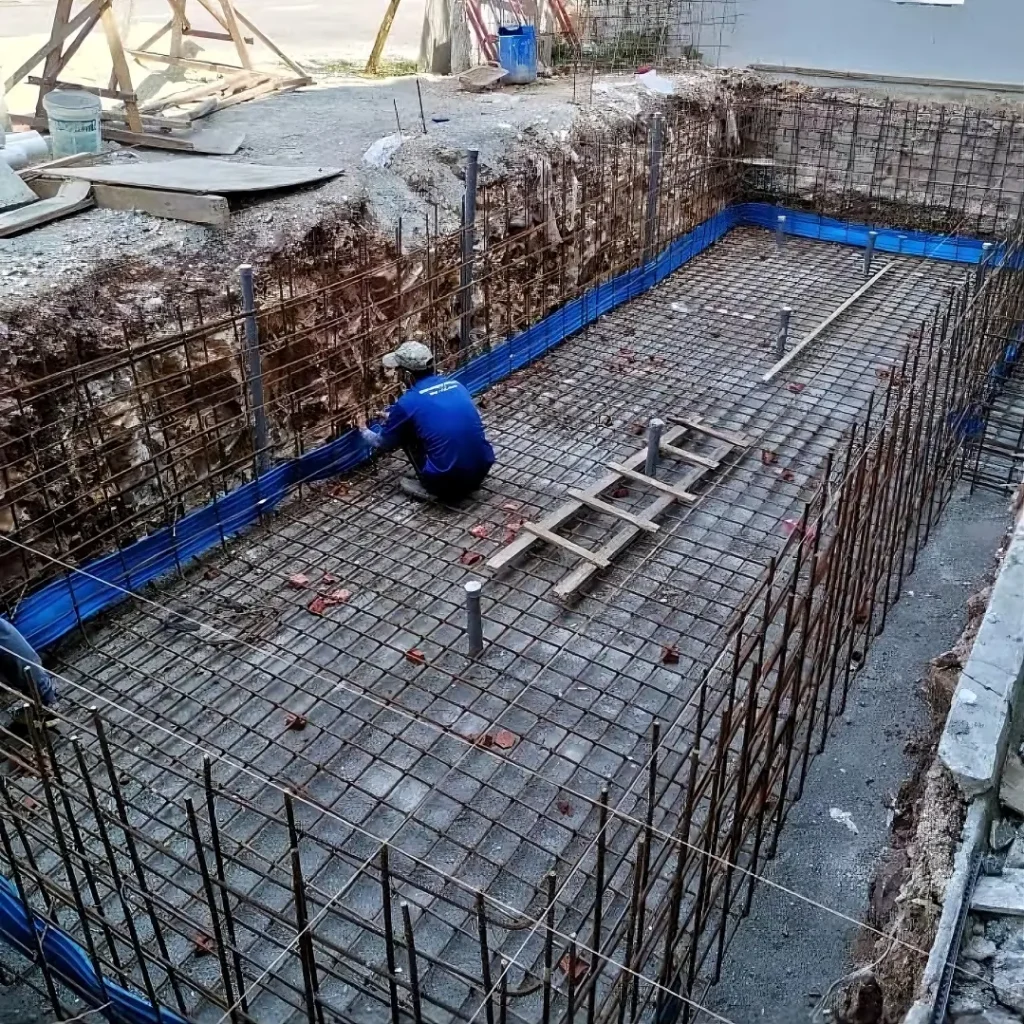

Equipment Costs:
You’ll need to purchase a filtration system, a pump, a heater (if you want to extend the swimming season), and lighting. High – quality equipment may cost more upfront but can save you money in the long run through better energy efficiency and reliability. For instance, a variable – speed pool pump can adjust its speed according to the pool’s needs, consuming less energy than a single – speed pump.
Deck and Surrounding Area Costs:
The area around the pool, including the deck, coping, and any landscaping, can add a significant amount to the overall cost. Different deck materials, such as wood, concrete, or stone, have different price ranges. Additionally, adding features like a retaining wall, steps, or decorative elements to the surrounding landscape will also impact the budget.

Overlooking Ongoing Maintenance and Operating Costs
Owning a pool comes with continuous expenses that you need to factor into your budget.

Water and Chemical Costs:
You’ll need to regularly fill the pool with water, which can be costly, especially if you have a large pool. Additionally, chemicals are required to maintain the proper pH balance, chlorine levels, and to prevent algae growth. The cost of these chemicals can add up over time, and the frequency of use will depend on factors like the size of the pool, the number of swimmers, and the local climate.
Energy Costs:
Running the pool pump, heater, and other equipment consumes electricity. A pool heater, in particular, can be a significant energy consumer, especially if you use it frequently to keep the water warm. Energy – efficient equipment can help reduce these costs, but it’s still an ongoing expense that you should budget for.


Maintenance and Repairs:
Regular maintenance, such as cleaning the pool, checking and replacing filter cartridges, and inspecting the pool for leaks, is essential. Over time, parts of the pool equipment may need to be repaired or replaced. Budgeting for these maintenance and repair costs annually can help you avoid unexpected financial burdens.
Not Accounting for Hidden Costs
There are often hidden costs associated with building a pool that can catch you off – guard if you’re not prepared.
Permits and Fees:
You’ll likely need to obtain building permits from your local government before starting construction. These permits come with fees, and the cost can vary depending on your location and the complexity of the pool project. There may also be additional fees for inspections throughout the construction process.

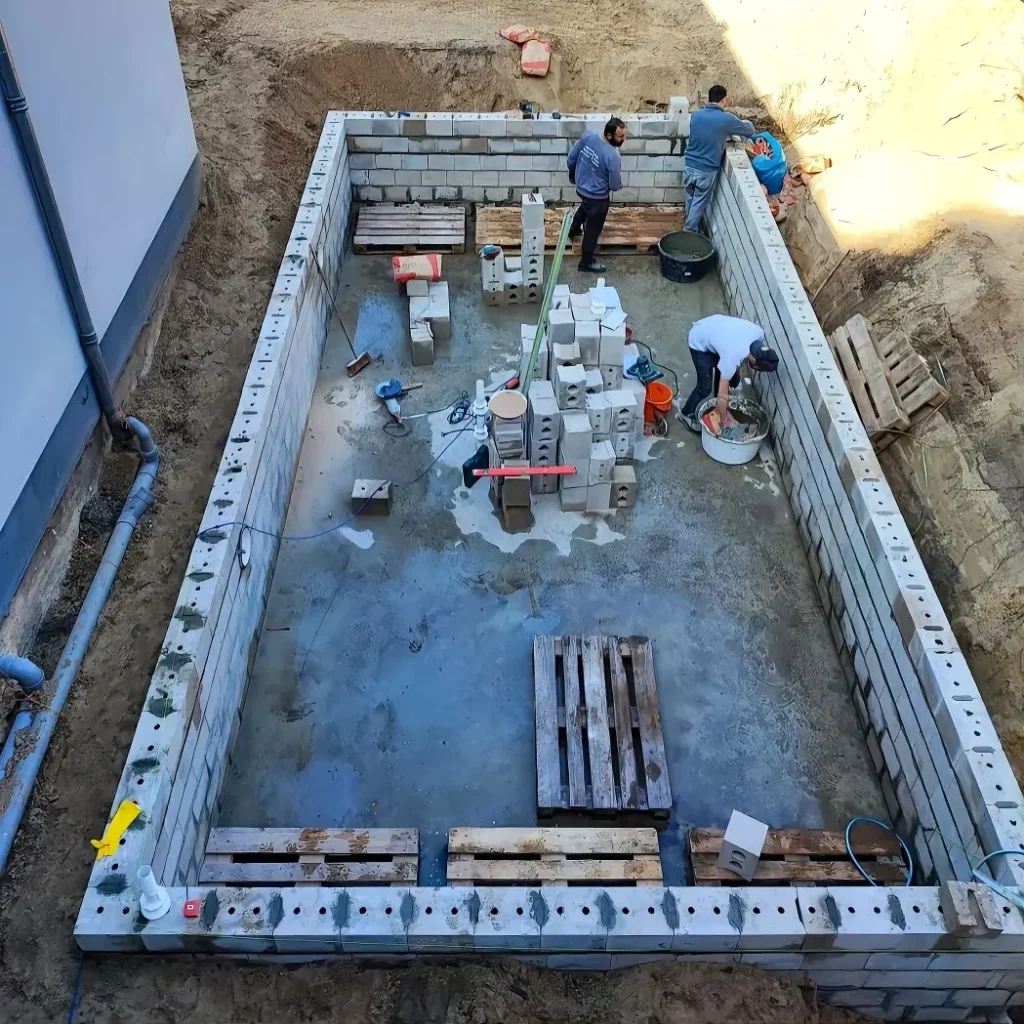
Unexpected Site Conditions:
During the excavation process, you may encounter unexpected issues such as rock formations, underground utilities, or unstable soil. Dealing with these issues can add significant costs to the project. For example, if you hit rock while excavating, you may need to hire a specialized company to blast or remove the rock, which can be expensive.
Design Changes:
If you decide to make changes to the original pool design during construction, it can lead to additional costs. Even small changes, such as adding a bench in the pool or changing the type of tile, can impact the overall cost due to the need for additional materials and labor.

Mistake 3: Choosing the Wrong Pool Type
Not Considering Long – Term Durability
When choosing a pool type, durability is an important factor. Different pool types have different lifespans and require different levels of maintenance.
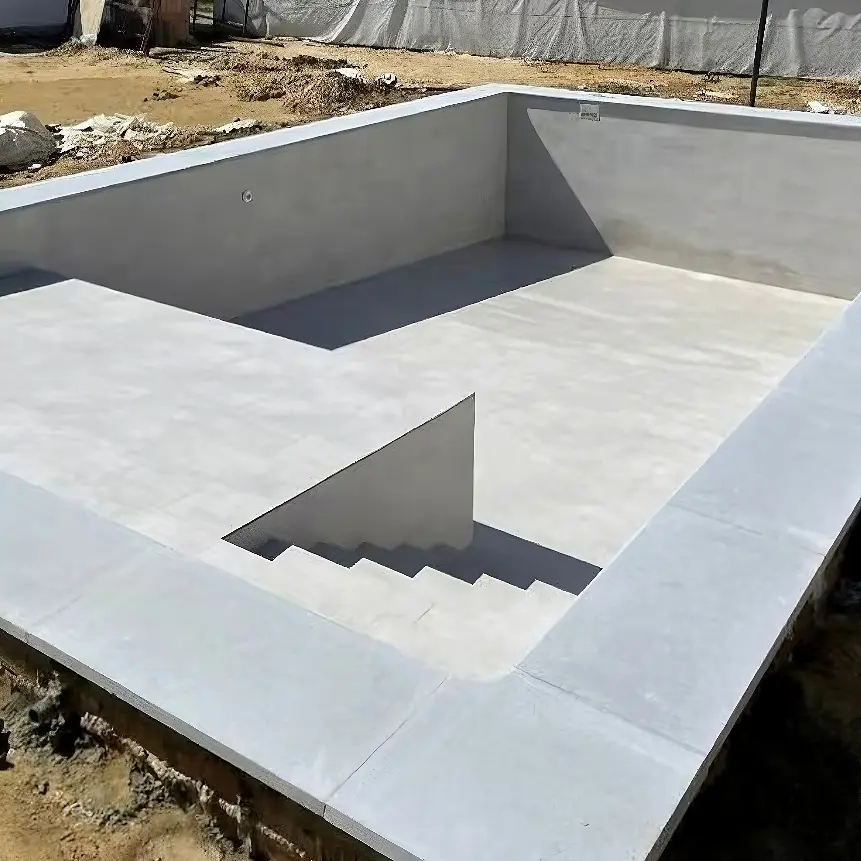
Concrete Pools:
Concrete pools are known for their durability. With proper maintenance, they can last for several decades. Haowever, they require regular resurfacing every 10 – 15 years, which can be costly. The concrete structure is also more prone to cracking if the ground shifts or if the pool is not properly maintained.
Fiberglass Pools:
Fiberglass pools are relatively durable and have a gel – coat finish that resists fading and staining. They are less likely to crack compared to concrete pools. However, if the fiberglass shell is damaged, repairs can be difficult and may require professional assistance.


Vinyl Liner Pools:
Vinyl liner pools are a more affordable option, but the liner typically needs to be replaced every 5 – 10 years. The liner can also be punctured or torn more easily, especially if there are sharp objects in the pool.
Ignoring Installation and Maintenance Requirements
Each pool type has its own installation and maintenance challenges.
Installation Complexity:
Concrete pools require a more complex installation process. They need to be built on – site, which involves pouring concrete, forming the pool shape, and installing plumbing and electrical systems. Fiberglass pools, on the other hand, are pre – fabricated and can be installed more quickly, but they may require a flat and stable base. Vinyl liner pools are relatively easy to install, but proper installation of the liner is crucial to prevent wrinkles and leaks.

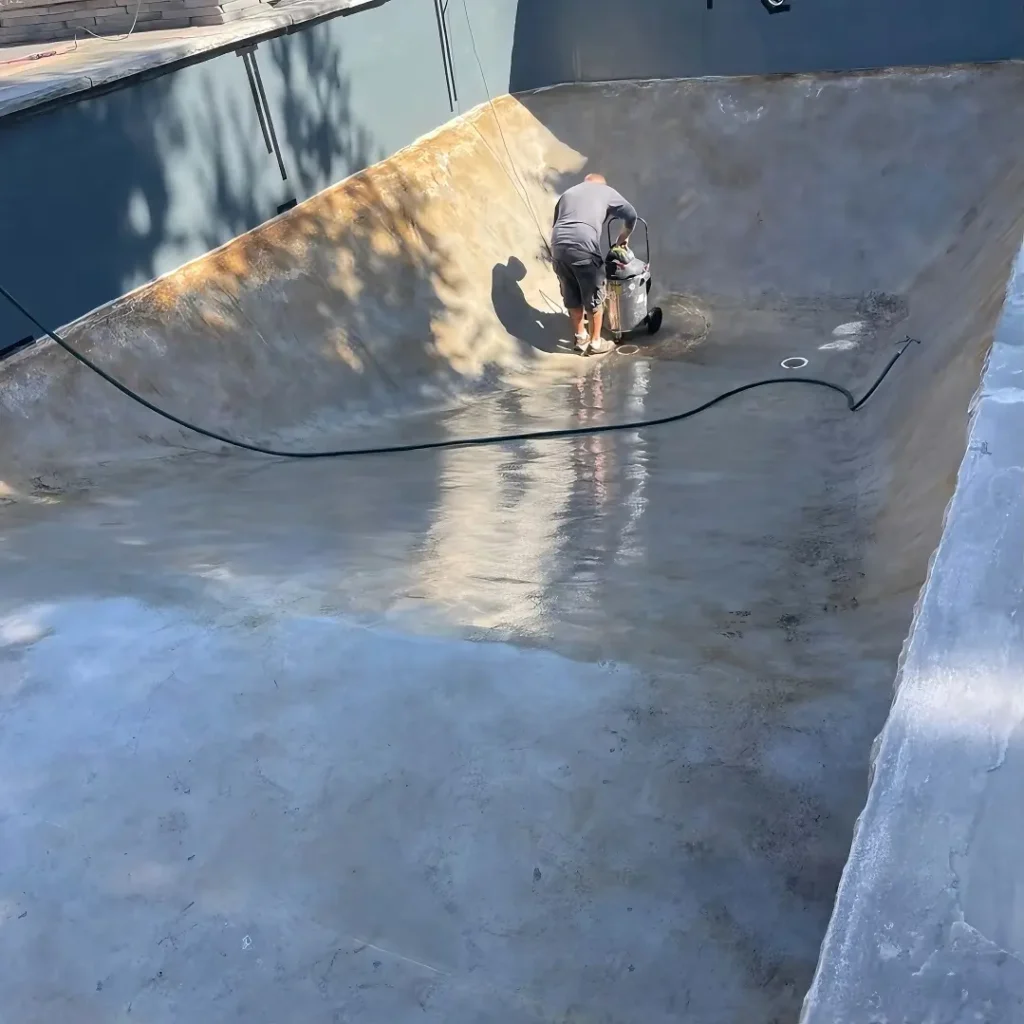
Maintenance Difficulty:
Concrete pools require regular cleaning, acid washing, and resurfacing to keep them in good condition. Fiberglass pools need less maintenance in terms of resurfacing, but they still require regular cleaning and chemical treatment. Vinyl liner pools need to be checked for leaks and tears in the liner regularly, and the liner replacement process can be time – consuming.
Disregarding Aesthetic and Design Options
Your pool should not only be functional but also look good in your backyard. Different pool types offer different aesthetic possibilities.
Concrete Pools:
Concrete pools offer the most design flexibility. You can create custom shapes, add features like waterfalls, grottos, or built – in seating, and choose from a wide range of finishes, such as plaster, pebble – tech, or tile.


Fiberglass Pools:
Fiberglass pools come in a variety of standard shapes, but their design options are somewhat more limited compared to concrete pools. However, they do offer a smooth and attractive finish that can be appealing in many backyard settings.
Vinyl Liner Pools:
Vinyl liner pools can have a wide range of patterns and colors on the liner, but the overall shape options are more restricted. The liner also gives the pool a somewhat softer look compared to the more rigid finishes of concrete and fiberglass.
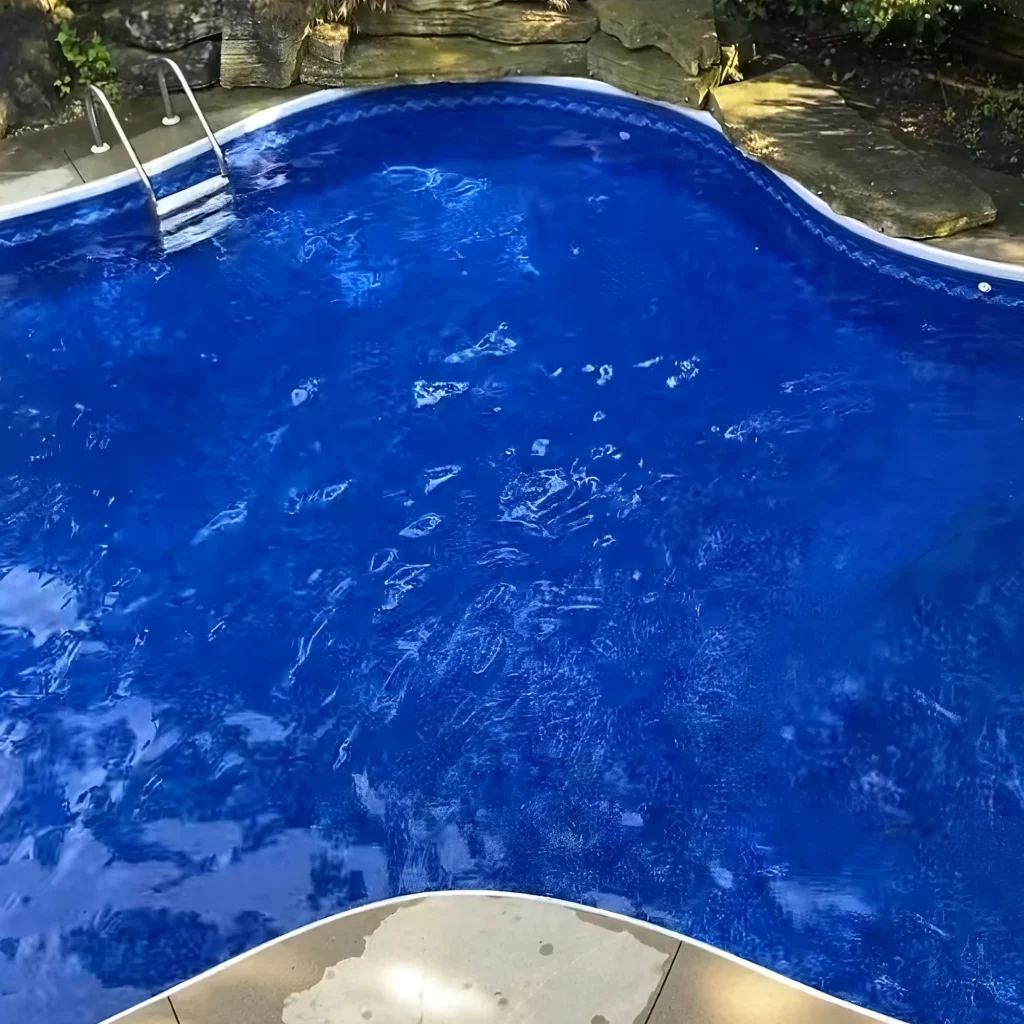
Mistake 4: Skipping Professional Help
Attempting DIY Without Sufficient Knowledge
Building a swimming pool is not a DIY project for the faint – hearted. Without proper knowledge and experience, you can make costly mistakes.

Structural Integrity:
Ensuring the structural integrity of the pool is crucial. Incorrect construction of the pool walls, floor, or foundation can lead to leaks, cracks, or even collapse. Professional pool builders have the expertise to calculate the proper thickness of the pool walls, choose the right materials for the foundation, and ensure that the pool can withstand the pressure of the water.
Plumbing and Electrical Systems:
Installing the plumbing and electrical systems for a pool requires knowledge of local building codes and safety regulations. Incorrect installation of the pump, filter, heater, or lighting can lead to electrical hazards, poor water circulation, or equipment failure. Professional installers are trained to handle these systems safely and correctly.
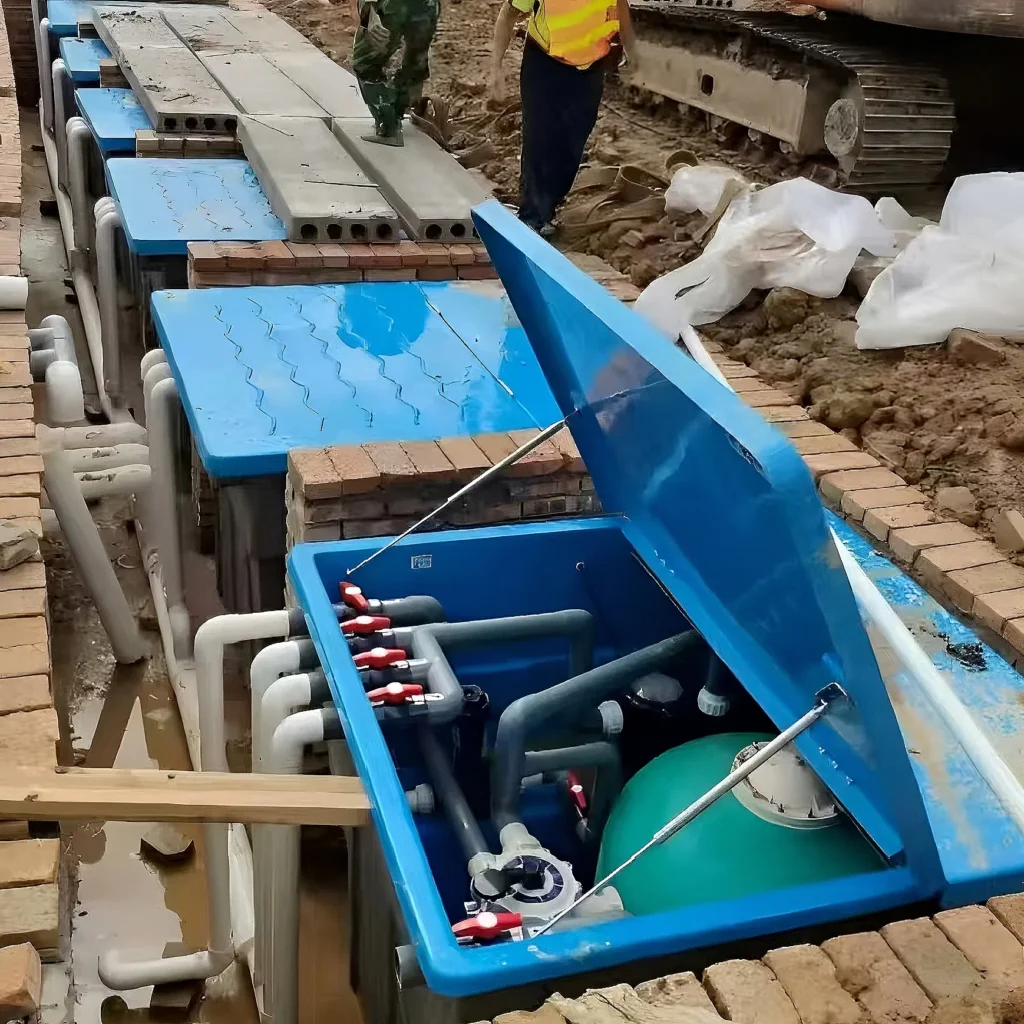
Hiring Unqualified Contractors
If you do decide to hire a contractor, it’s important to choose one with the right qualifications and experience.

Lack of Licensing and Insurance:
A contractor without the proper licensing may not be qualified to build a pool according to local building codes. Additionally, if they don’t have insurance and an accident occurs during the construction process, you could be held liable. Always check the contractor’s licensing and insurance status before hiring.
Poor Reputation:
Research the contractor’s reputation by reading online reviews, asking for references from past clients, and checking with the Better Business Bureau. A contractor with a history of unhappy customers or unresolved complaints may not be reliable.

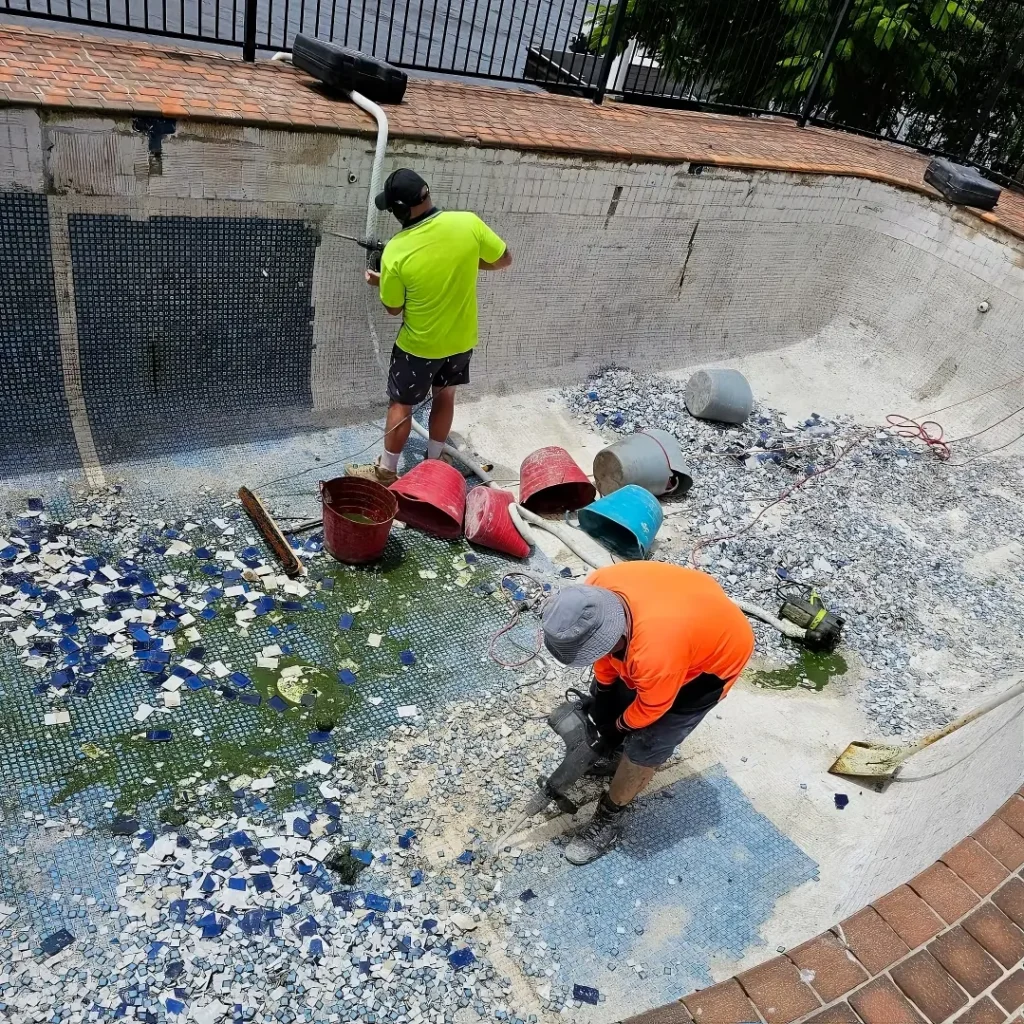
Inexperience:
Building a pool requires specific skills and experience. A contractor who mainlyfocuses on general construction or has little experience in pool building may not be able to deliver the quality and functionality you expect. Look for contractors who specialize in pool construction and have a portfolio of successful projects.
Not Getting Multiple Quotes and References
Getting multiple quotes and references is an important part of the hiring process.
Price Comparison:
Obtaining quotes from multiple contractors allows you to compare prices and ensure you’re getting a fair deal. However, don’t just choose the cheapest option. Sometimes, a lower – priced quote may indicate that the contractor is cutting corners or using inferior materials.


References and Portfolio Review:
Ask the contractors for references from past clients. Contact these references to ask about their experience with the contractor, including the quality of work, timeliness, and communication. Also, review the contractor’s portfolio of past projects to see the type of work they have done and if it aligns with your vision for your pool.
Mistake 5: Compromising on Safety
Inadequate Fencing and Barriers
A swimming pool can be a dangerous place, especially for children and pets. Installing proper fencing and barriers is essential to prevent accidental drownings.

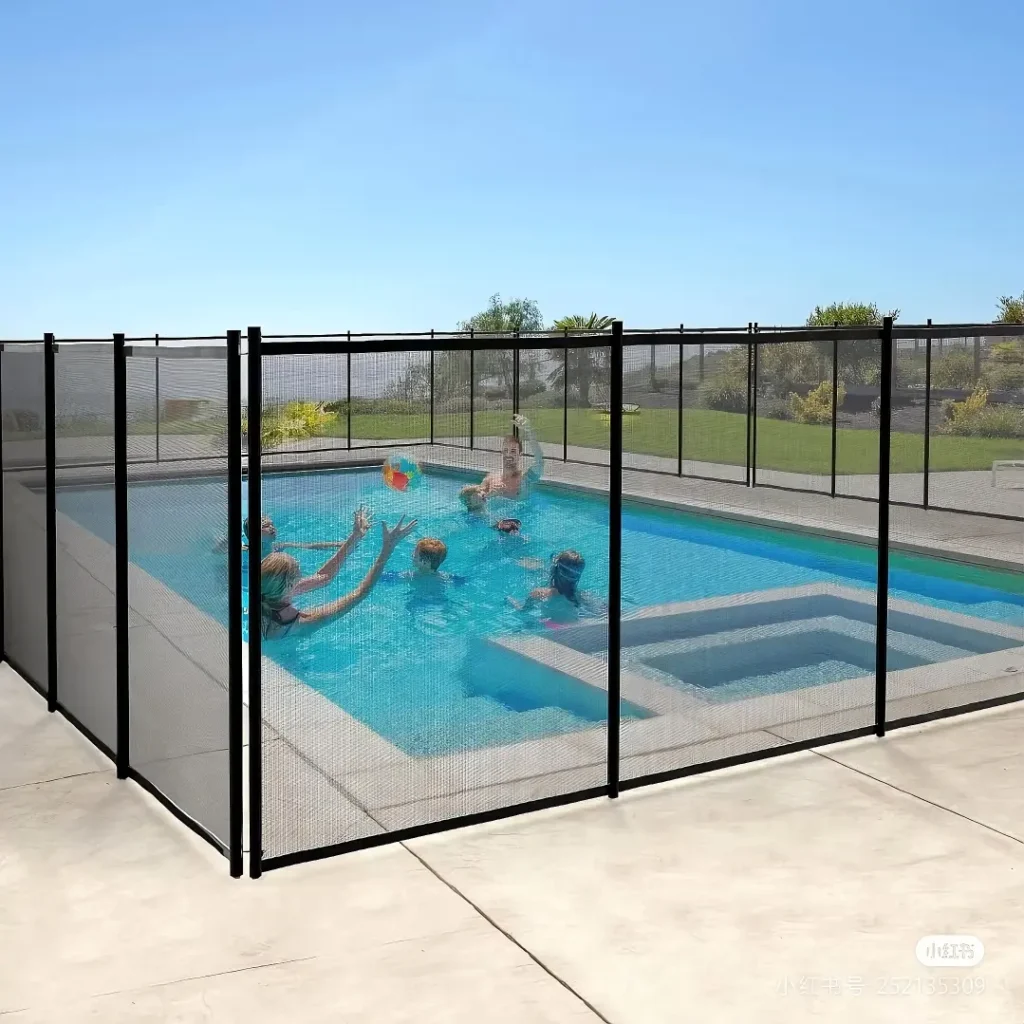
Fence Height and Design
The fence around your pool should be at least 4 feet high, and it should have self – closing and self – latching gates. The design of the fence should be such that it prevents children from climbing over or squeezing through. There should be no gaps or openings large enough for a small child to fit through.
Pool Covers
A pool cover can be an additional safety measure. There are different types of pool covers available, including solid covers and mesh covers. Solid covers are more effective at preventing access to the pool, but mesh covers can also be a good option as they allow water to drain through while still providing a barrier. Make sure to choose a cover that is properly sized and secured for your pool.

Poor Lighting and Visibility
Good lighting around the pool area is important for safety, especially at night.

Illuminating the Pool and Surrounding Area:
Adequate lighting should be installed around the pool, including underwater lights in the pool itself. This helps swimmers see clearly in the water and also makes it easier to spot any potential hazards around the pool, such as a wet spot on the deck or an object in the water.
Avoiding Glare:
The lighting should be designed to avoid glare, which can make it difficult to see. Underwater lights should be angled properly, and outdoor lights around the pool area should be shielded to direct the light where it’s needed without creating a blinding effect.

Lack of Emergency Equipment and Safety Features
Having emergency equipment and safety features on hand can make a difference in case of an accident.

Life – Saving Equipment:
Keep a life – ring, a rescue hook, and a first – aid kit near the pool at all times. These items can be used to quickly rescue a swimmer in distress and provide initial medical treatment.
Emergency Shut – off Switch:
Install an emergency shut – off switch for the pool equipment. This allows you to quickly turn off the pump, heater, and other electrical equipment in case of an emergency, such as a swimmer getting caught in the suction of the drain.


Anti – Entrapment Devices:
Install anti – entrapment devices on the pool drains to prevent hair, clothing, or body parts from getting caught in the drain. This is an important safety feature, especially for pools with strong suction.
Mistake 6: Poor Water Management
Incorrect Filtration and Circulation
Proper filtration and circulation are essential for maintaining clean and healthy pool water.
Inadequate Filtration System:
Choosing a filtration system that is too small for your pool size will result in poor water quality. The filter should be able to handle the volume of water in your pool effectively. There are different types of filters available, such as sand filters, cartridge filters, and diatomaceous earth (DE) filters. Each type has its own advantages and disadvantages, and the right choice depends on factors like pool size, budget, and maintenance preferences.

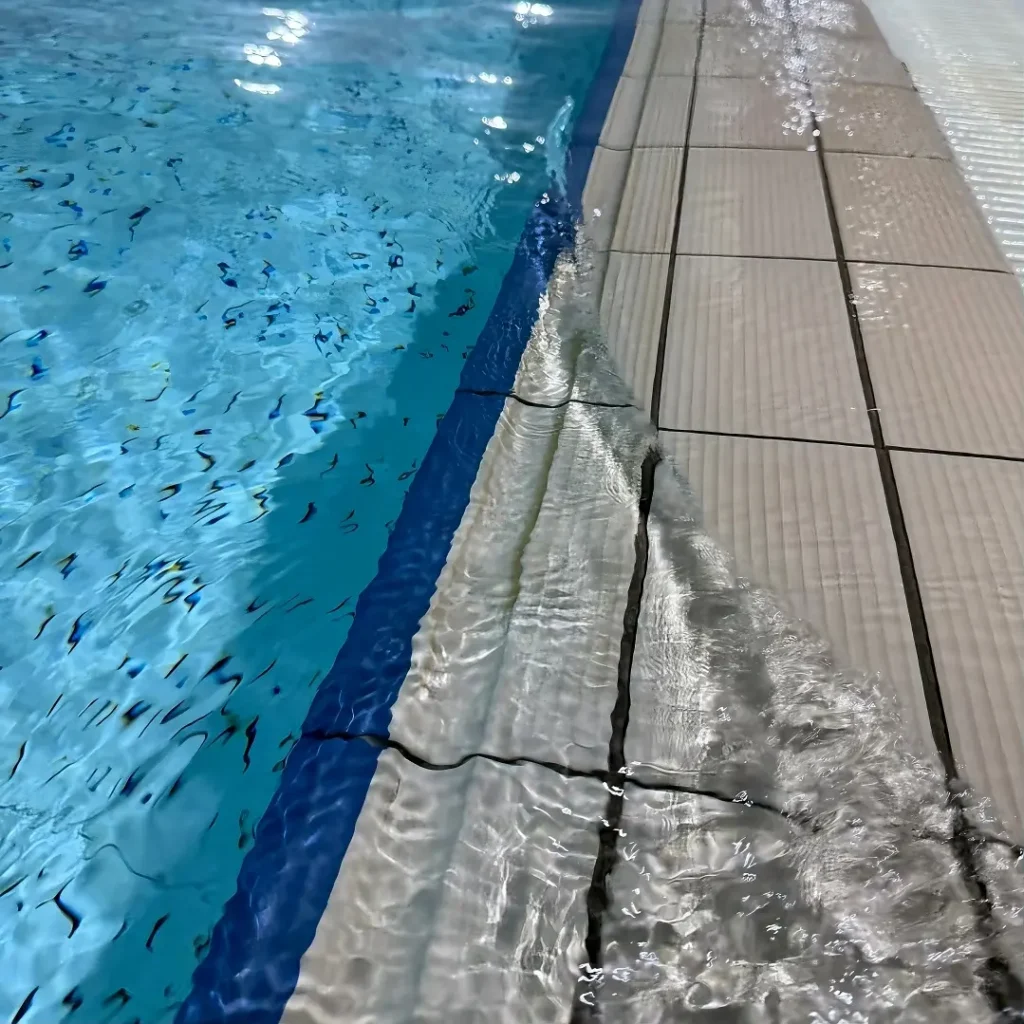
Improper Circulation:
The pool pump should be sized correctly to ensure proper water circulation. Poor circulation can lead to stagnant water, which is a breeding ground for algae and bacteria. The water should be circulated for at least 8 – 12 hours a day, depending on the pool size and usage. Also, make sure the return jets are properly positioned to distribute the filtered water evenly throughout the pool.
Neglecting Water Chemistry
Maintaining the correct water chemistry is crucial for the health of swimmers and the longevity of the pool.
pH Imbalance:
The pH level of the pool water should be maintained between 7.2 and 7.8. If the pH is too low (acidic), it can cause skin and eye irritation, and it can also corrode the pool equipment and surfaces. If the pH is too high (alkaline), the water may become cloudy, and the chlorine may be less effective. Regularly test the pH level of the water and adjust it using appropriate chemicals.

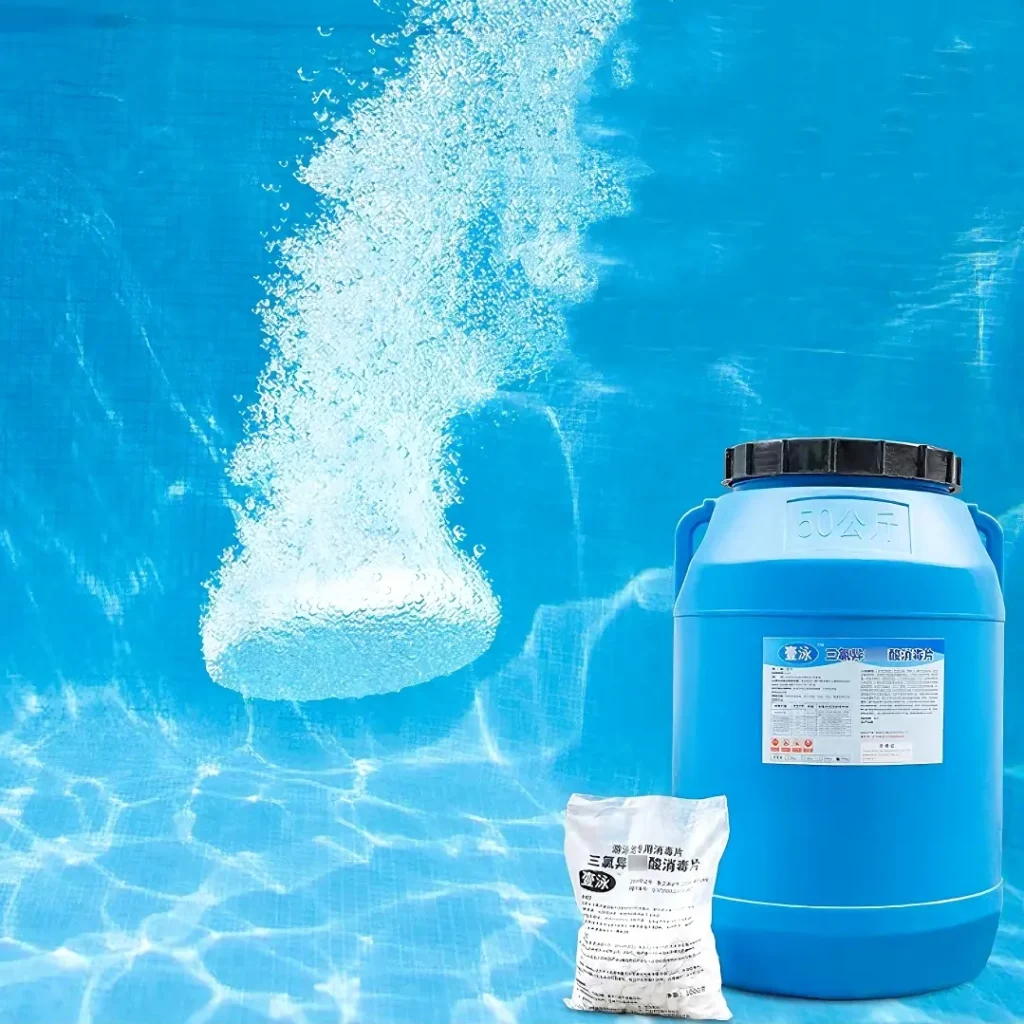
Chlorine is used to disinfect the pool water and kill bacteria and viruses. The chlorine level should be maintained between 1 – 3 parts per million (ppm). Too little chlorine can lead to waterborne illnesses, while too much chlorine can also cause skin and eye irritation. Use a chlorine test kit to monitor the chlorine levels and add chlorine as needed.
Alkalinity and Calcium Hardness:
Total alkalinity helps to stabilize the pH level of the water. It should be maintained between 80 – 120 ppm. Calcium hardness is also important, especially for concrete and plaster pools. Low calcium hardness can cause the water to be aggressive and eride the pool surfaces, while high levels can lead to scaling. Aim for a calcium hardness level of 200 – 400 ppm. Regular testing and adjustments of these levels are necessary to keep the water balanced.
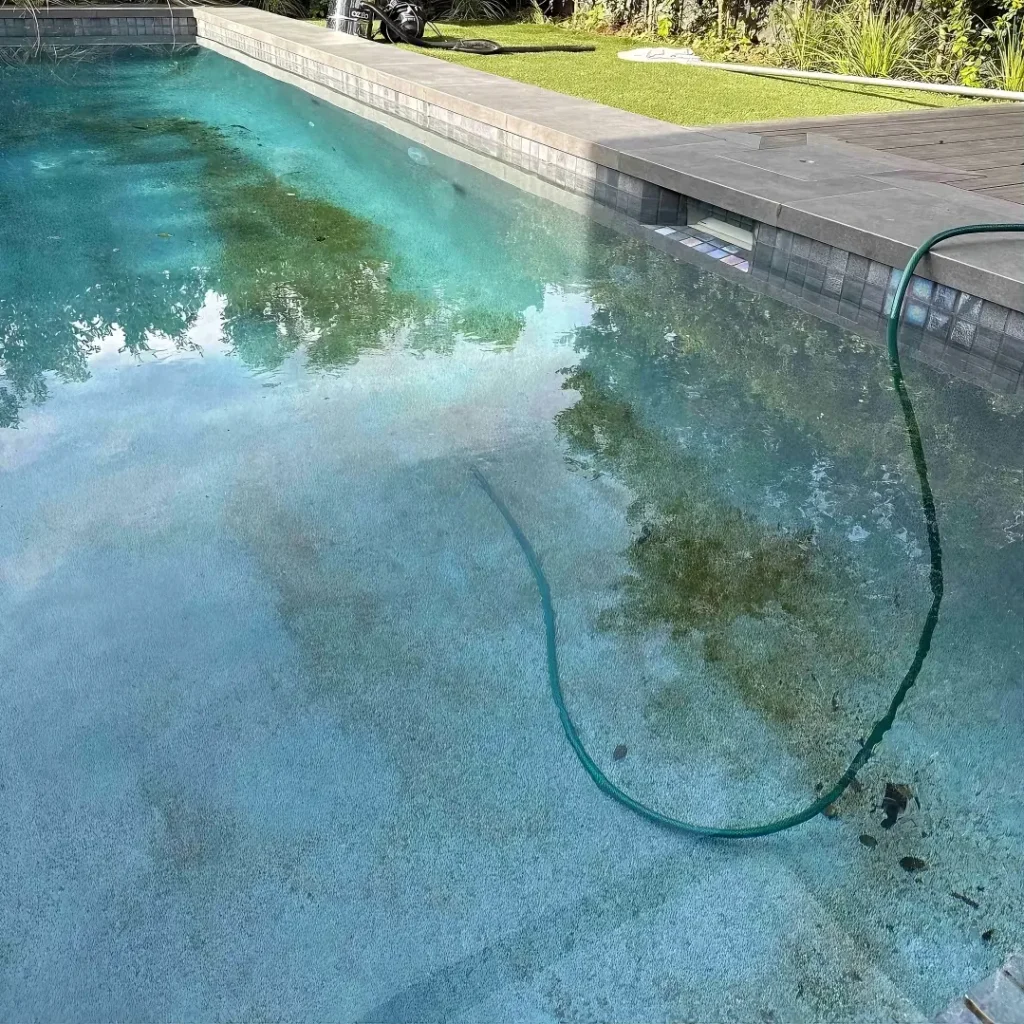
Not Planning for Water Conservation
With increasing concerns about water scarcity, it’s important to incorporate water – saving measures into your pool design and maintenance routine.

Using a Pool Cover:
A pool cover not only helps with safety but also reduces water evaporation. By covering the pool when it’s not in use, you can save a significant amount of water over time. This also reduces the need to add water to the pool frequently, which saves both water and money.
Efficient Filtration and Backwashing:
Over – backwashing the filter can waste a lot of water. Only backwash when necessary, such as when the filter pressure gauge indicates a significant increase in pressure. Also, consider using a filter that is designed to be water – efficient.


Fixing Leaks Promptly:
Even a small leak in the pool or its plumbing system can waste a large amount of water over time. Regularly inspect the pool for leaks and repair them as soon as they are detected. Common areas to check for leaks include the pool liner, pipes, fittings, and pumps.
Mistake 7: Ignoring Local Regulations and Permits
Failing to Obtain the Required Permits
Building a home swimming pool is subject to local building codes and regulations, and failing to obtain the necessary permits can result in serious consequences.
Legal Issues:
Without the proper permits, your pool may be considered an illegal structure. This can lead to fines, and in some cases, you may be required to remove the pool entirely. It’s important to check with your local building department to find out what permits are needed for your pool project.
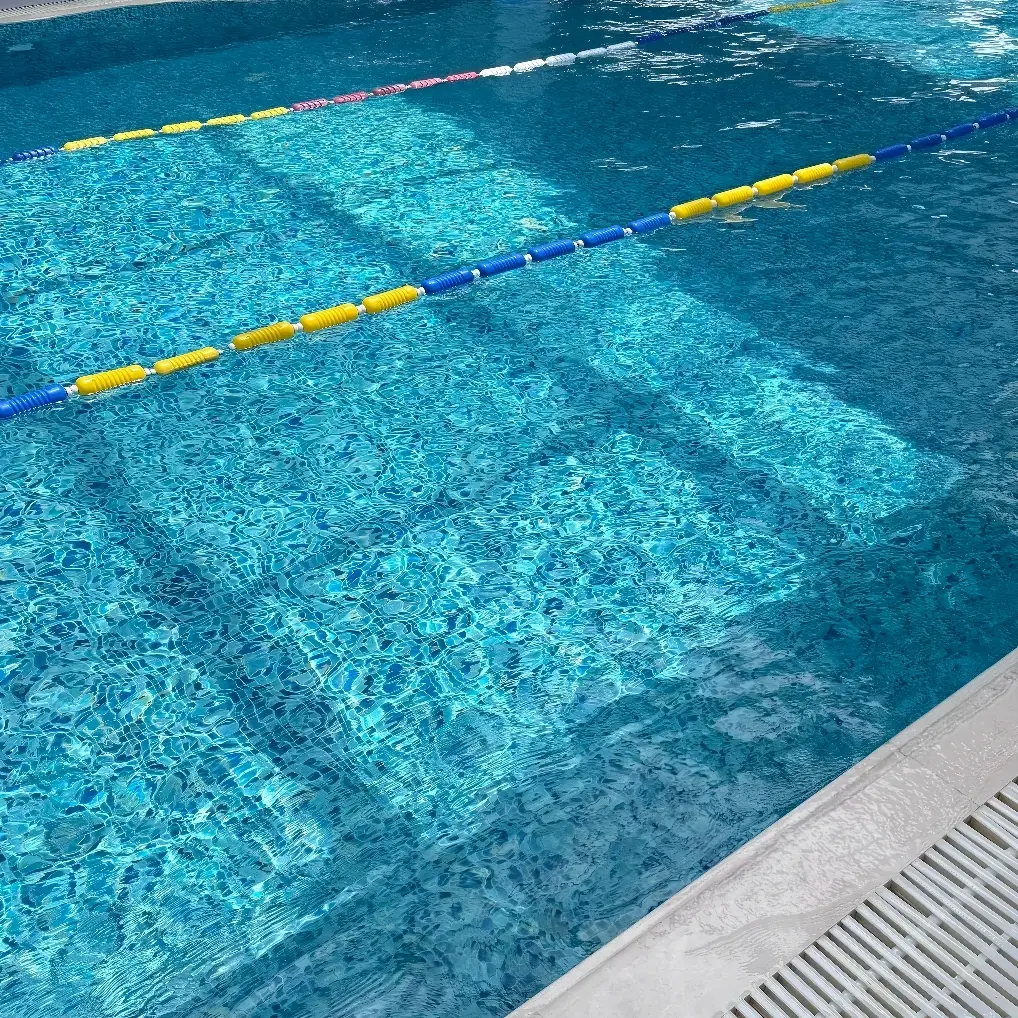
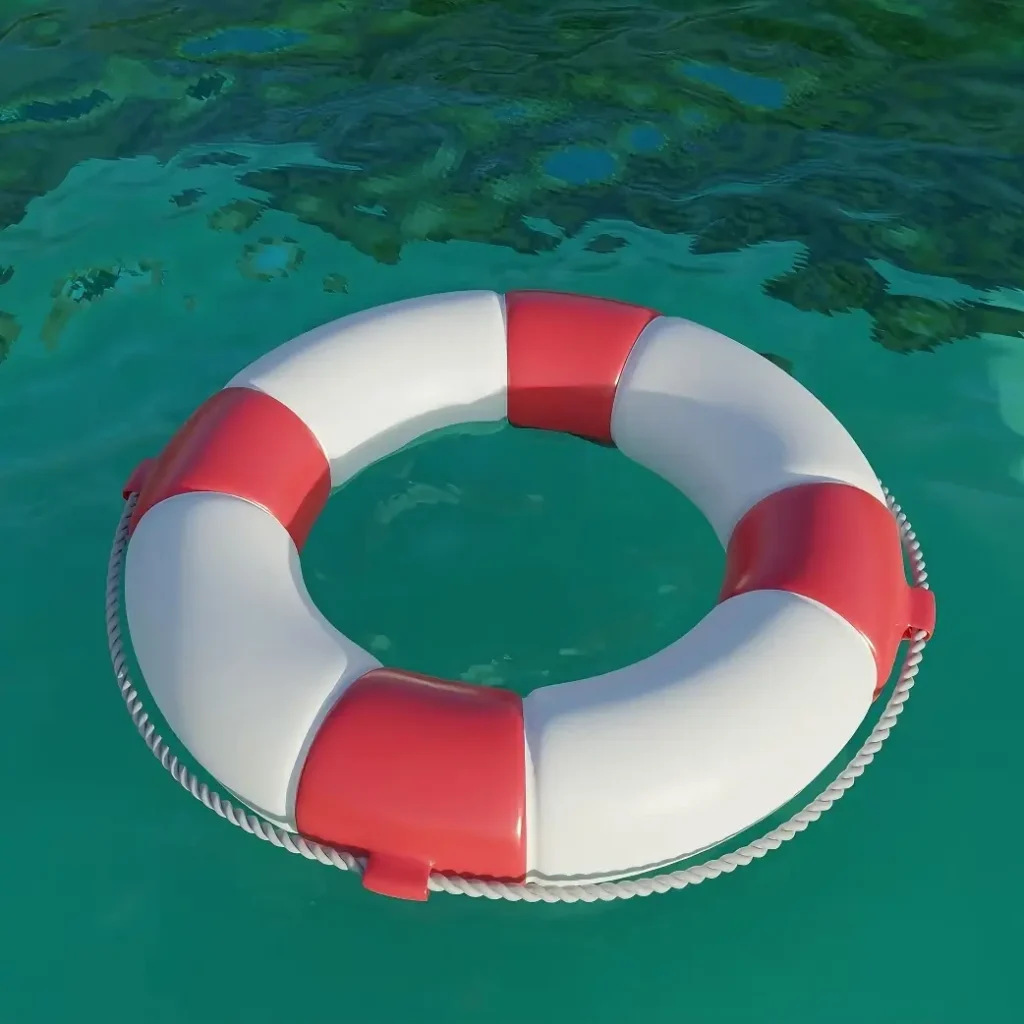
Safety Risks:
Local regulations often include safety standards that are designed to protect you and your family. By skipping the permit process, you may miss out on important safety inspections that ensure the pool is built to these standards. This can increase the risk of accidents and injuries.
Insurance Problems:
If your pool is built without permits, your home insurance policy may not cover any damages or liabilities related to the pool. In the event of an accident, you could be held personally responsible for the costs.
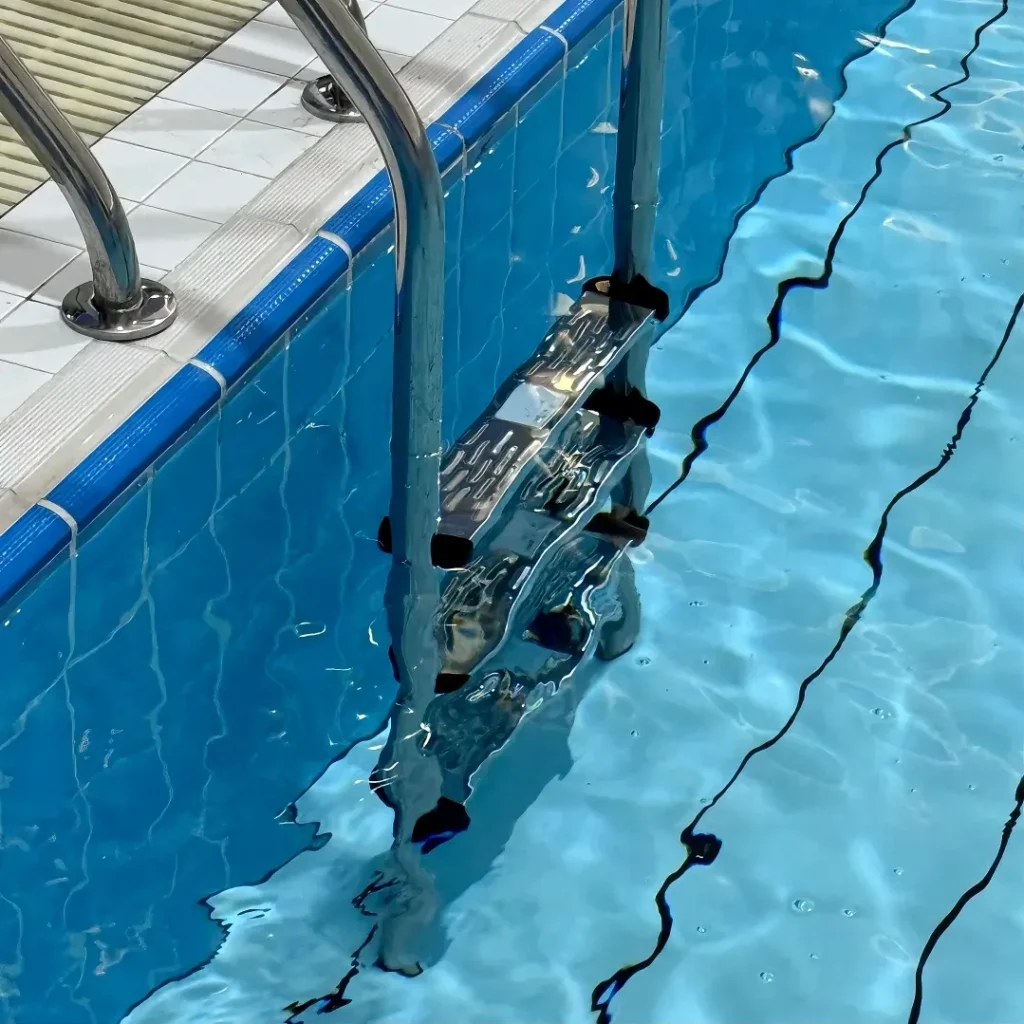
Not Following Zoning and Setback Requirements
Zoning laws and setback requirements dictate where you can build your pool on your property.

Zoning Restrictions:
Some areas have zoning restrictions that limit the size, type, or location of swimming pools. For example, in certain residential zones, there may be restrictions on the height of pool fences or the distance from the pool to neighboring properties. Familiarize yourself with these restrictions before finalizing your pool design.
Setback Distances:
Setback requirements specify the minimum distance that the pool must be from property lines, buildings, septic systems, and other structures. These distances are in place to ensure safety, prevent damage to neighboring properties, and maintain the integrity of the local infrastructure. Violating setback requirements can result in penalties and may require you to move or modify the pool.
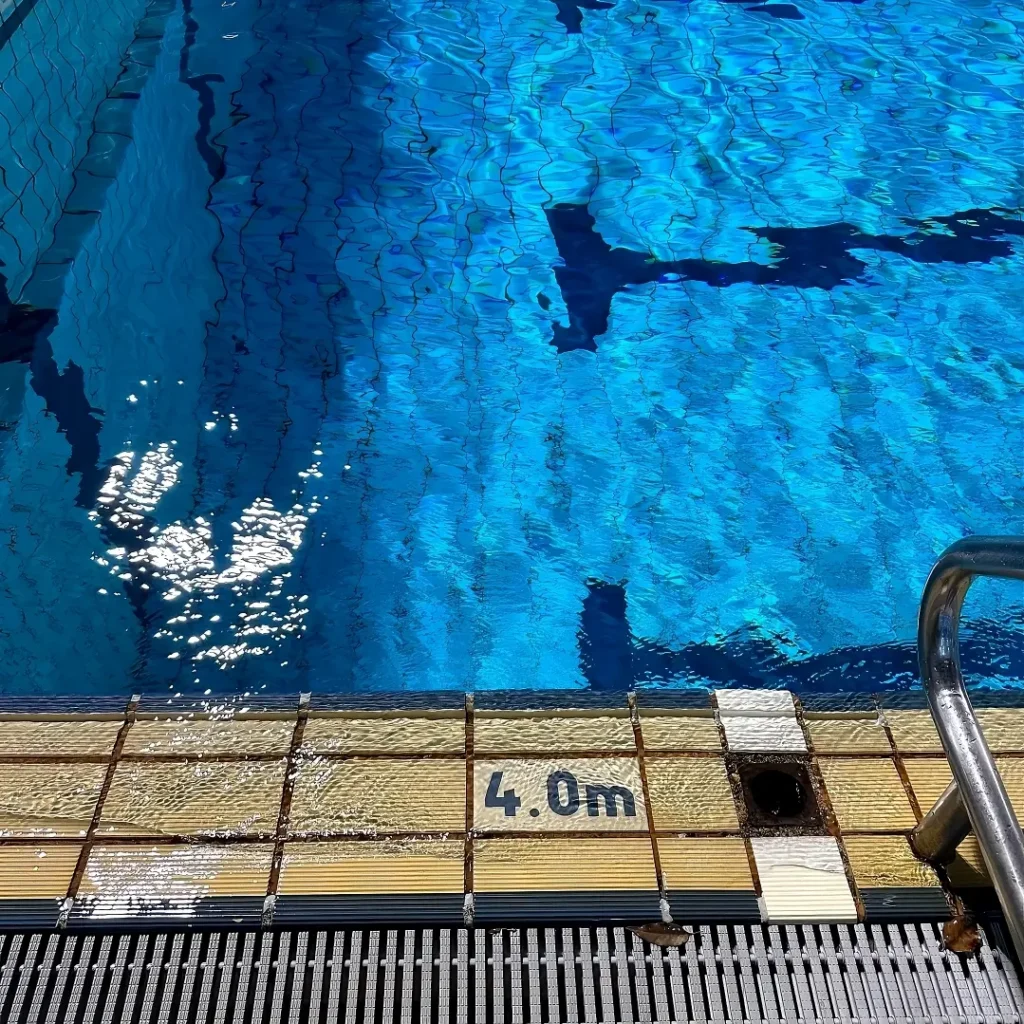
Mistake 8: Overcomplicating the Design
Adding Unnecessary Features
While it’s tempting to include every possible feature in your pool, adding unnecessary ones can increase costs and maintenance requirements.
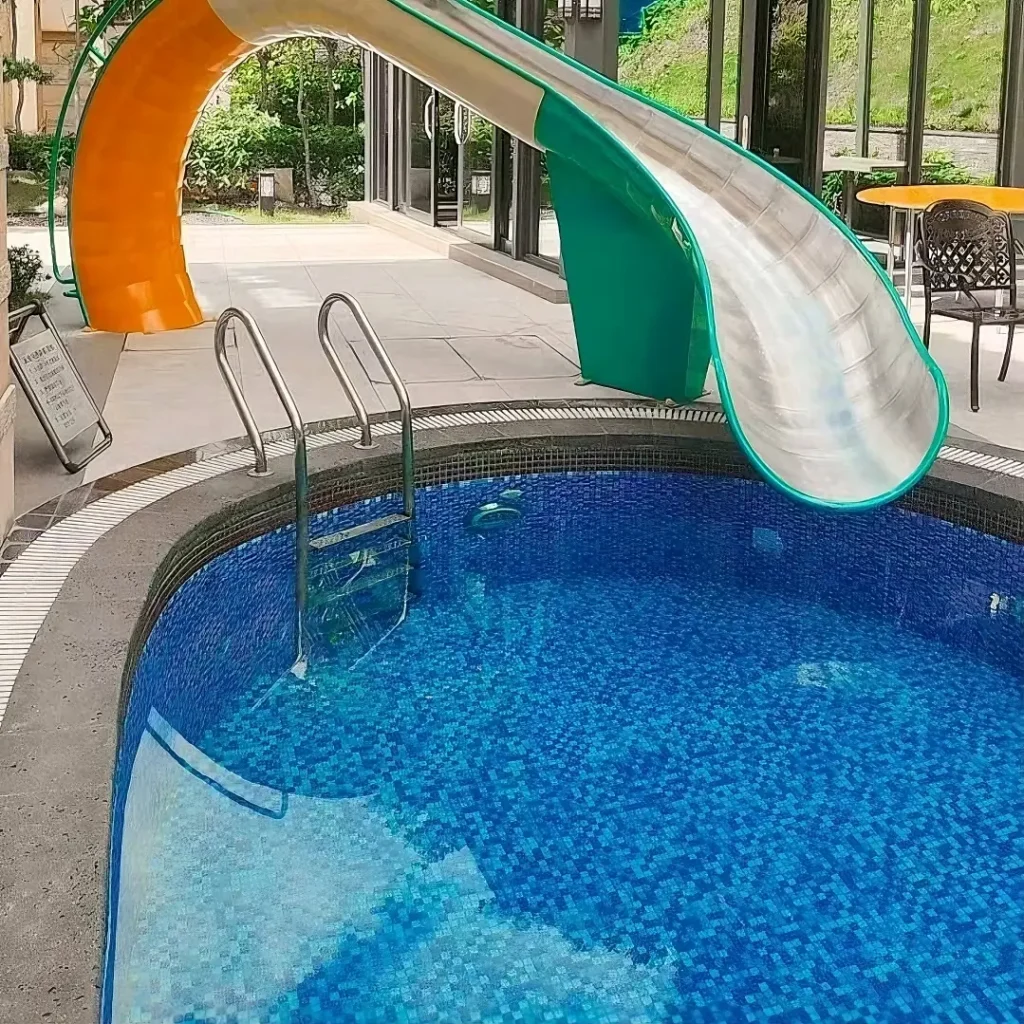
Complex Water Features:
Waterfalls, fountains, and slides can add visual appeal to a pool, but they also require additional plumbing, pumps, and maintenance. If you don’t think you’ll use these features frequently, they may not be worth the extra expense. Consider whether the feature will truly enhance your swimming experience before including it in the design.
Excessive Lighting:
While proper lighting is important for safety, too many lights can be expensive to install and operate. Focus on installing lighting in key areas, such as around the pool deck and underwater, rather than adding lights everywhere. Choose energy – efficient LED lights to reduce energy costs.
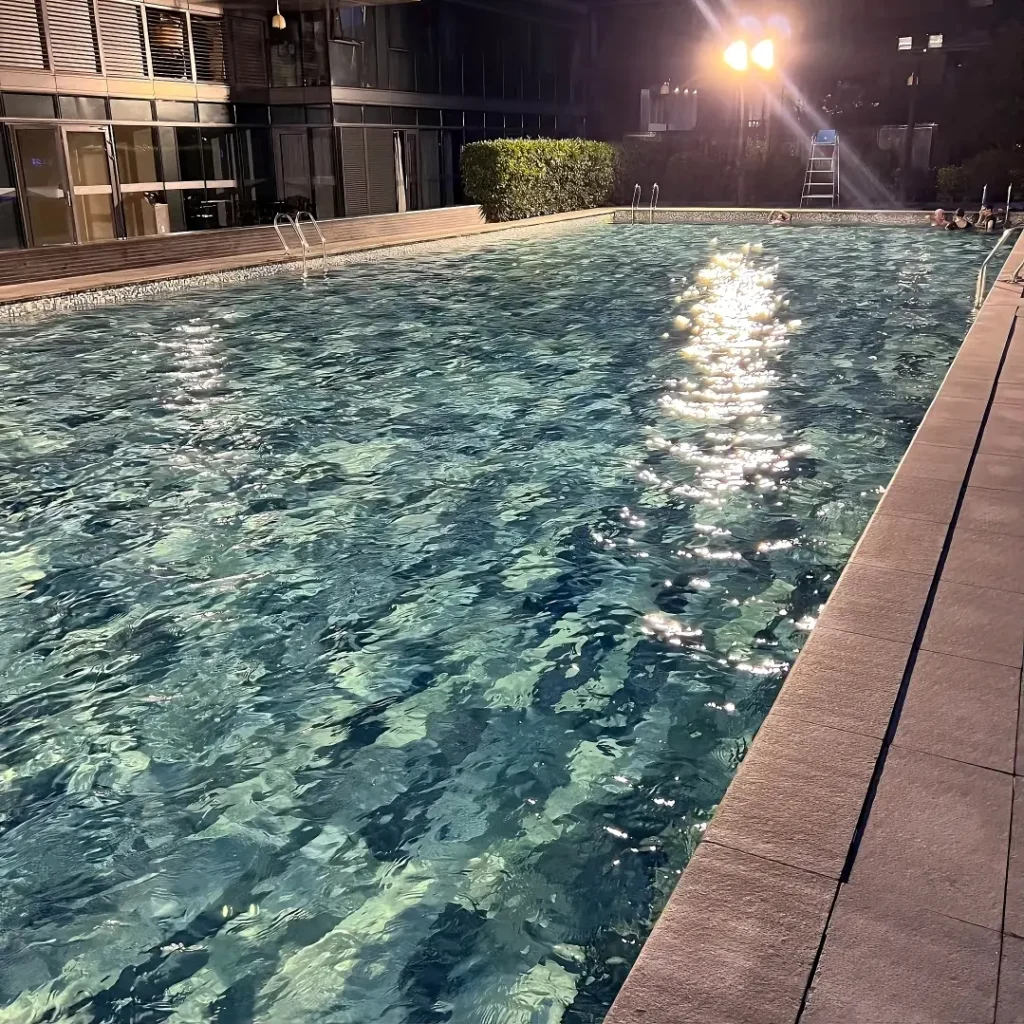
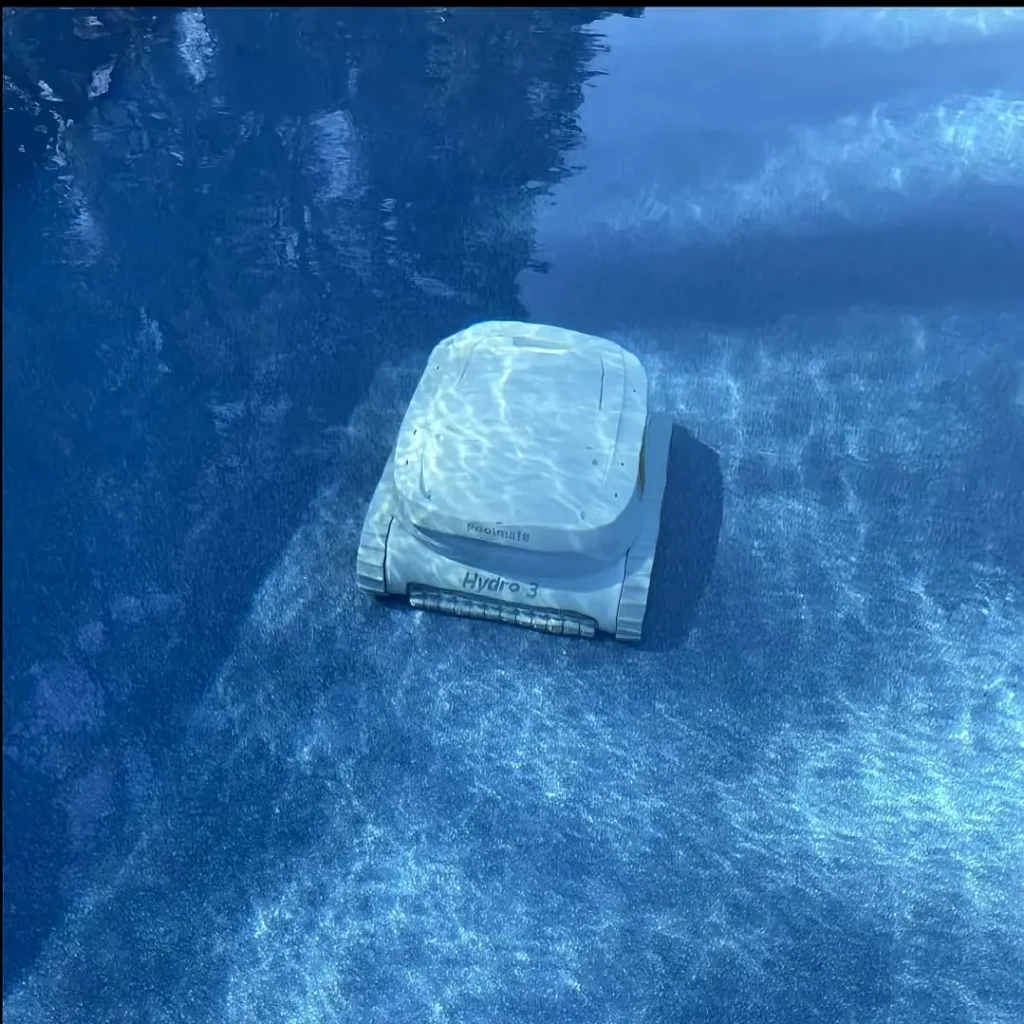
Specialized Equipment:
Specialized equipment like automated pool cleaners with advanced features or high – tech water treatment systems may seem appealing, but they can be costly to purchase and repair. Evaluate whether you really need these features or if a more basic option will suffice.
Making the Pool Too Complex to Maintain
A pool with a complex design can be more difficult and time – consuming to maintain.
Odd Shapes and Hard – to – Reach Areas:
Pools with irregular shapes or hard – to – reach corners can make cleaning and maintenance a chore. These areas are more likely to accumulate dirt, debris, and algae, requiring extra effort to keep them clean. A simpler, more streamlined design can make maintenance much easier.
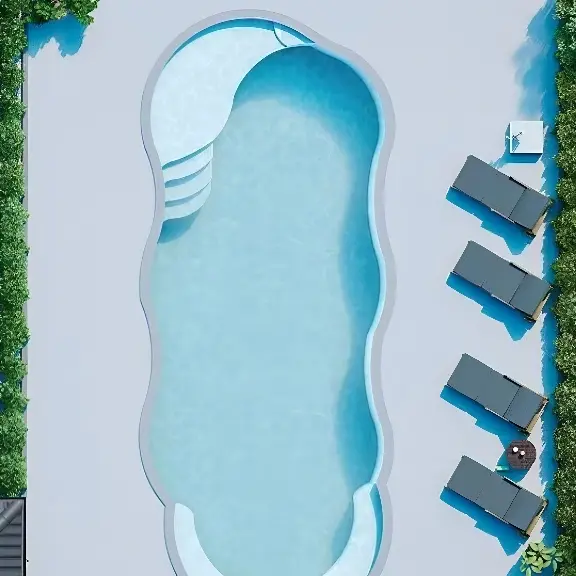

Too Many Materials and Finishes:
Using a variety of different materials and finishes in the pool and its surrounding area can make maintenance more complicated. Different materials may require different cleaning products and techniques, and it can be harder to achieve a uniform look. Stick to a few compatible materials to simplify maintenance.
Conclusion
Building a home swimming pool is a significant investment, and avoiding these common mistakes can help ensure that your project is a success. By taking the time to plan carefully, set a realistic budget, choose the right pool type and professionals, prioritize safety, manage water properly, follow local regulations, keep the design simple, and allow for a reasonable construction timeline, you can create a beautiful and functional pool that you and your family will enjoy for many years to come. Remember, the key to a successful pool project is attention to detail and a commitment to doing things the right way from the start.

